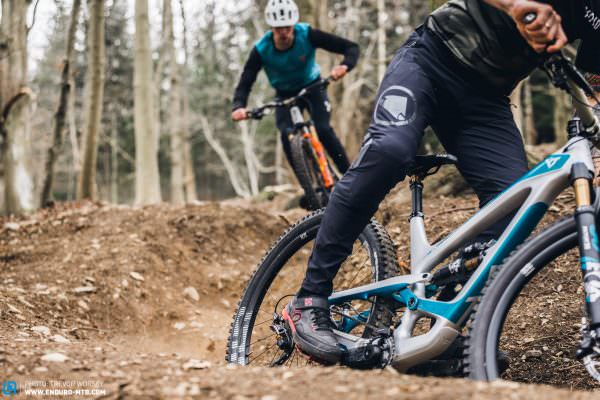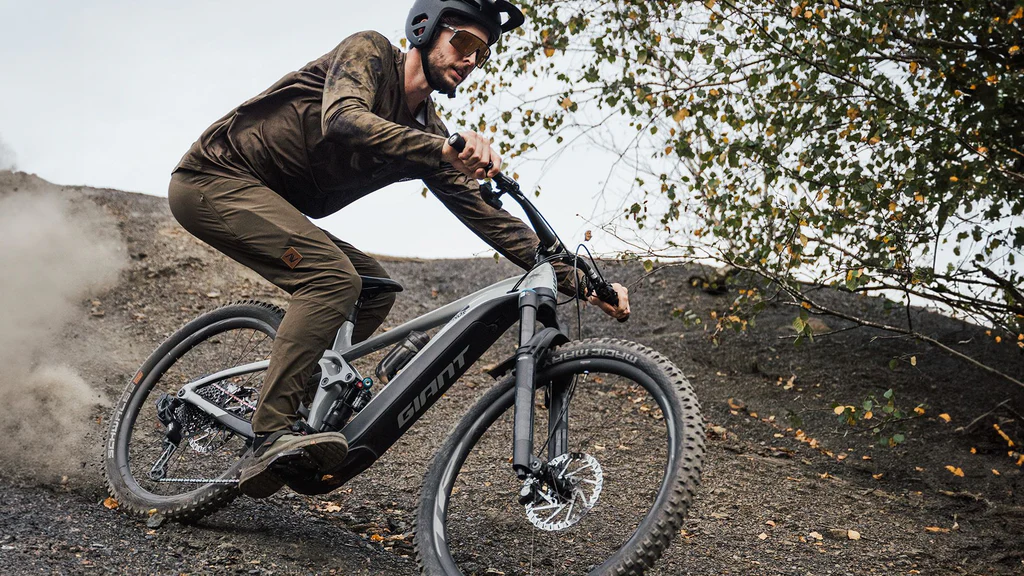When the temperatures drop and the snow starts to fall, mountain biking doesn’t have to come to a halt. With the right gear, including a good pair of winter bike pants, you can continue to enjoy the thrill of the trails even in the coldest months. This comprehensive guide will delve into the world of winter mountain bike pants, exploring the essential features, materials, and considerations to help you make an informed decision and stay warm and comfortable on your winter rides.
Why Winter Mountain Bike Pants Matter
Winter mountain biking presents unique challenges, including cold temperatures, wind, snow, and potential moisture. Regular cycling pants may not provide adequate protection against these elements, leading to discomfort, decreased performance, and even potential health risks. Winter mountain bike pants are specifically designed to address these challenges, offering insulation, wind resistance, water resistance or repellency, and breathability to keep you comfortable and dry even in harsh conditions.
Key Features to Look For
When choosing winter mountain bike pants, several key features are essential to consider:
- Insulation: The level of insulation required will depend on the climate you ride in and your personal preferences. Synthetic insulation like PrimaLoft or Polartec Alpha offers an excellent warmth-to-weight ratio and retains its insulating properties even when wet. Natural insulation like merino wool provides warmth, breathability, and natural odor resistance.
- Wind Resistance: A windproof outer layer or membrane is crucial to prevent cold winds from chilling your legs and hindering your performance. Look for pants with a windproof front panel or full windproof construction.
- Water Resistance or Repellency: While full waterproofness may not be necessary for all conditions, some level of water resistance or repellency is beneficial to protect against light rain, snow, and splashes. Durable Water-repellent (DWR) coatings can help shed water and keep the fabric from becoming saturated.
- Breathability: Maintaining breathability is important to allow moisture vapor to escape, preventing overheating and discomfort during intense rides. Look for pants with breathable fabrics or ventilation features like zippered vents.
- Fit and Comfort: Winter mountain bike pants should offer a comfortable and ergonomic fit that allows for freedom of movement while pedaling. Articulated knees, stretch panels, and adjustable waistbands can enhance comfort and flexibility.
- Durability: Mountain biking can be tough on clothing, so choose pants made from durable materials that can withstand abrasion and wear. Reinforced seat panels and knee areas can add extra protection.
Materials

Winter mountain bike pants are typically made from a combination of materials to achieve the desired balance of insulation, weather protection, and breathability. Common materials include:
- Softshell: Softshell fabrics are a popular choice for their versatility, offering wind resistance, water resistance, breathability, and stretch. They are often used in combination with other materials to provide additional warmth or protection.
- Nylon: Nylon is a durable and abrasion-resistant fabric often used in the outer layer of winter mountain bike pants. It can be treated with DWR coatings for water repellency.
- Polyester: Polyester is another durable and versatile fabric used in various parts of winter bike pants. It can be woven or knitted into different textures to achieve specific properties like moisture-wicking or insulation.
- Merino Wool: Merino wool is a natural fiber known for its warmth, breathability, and odor resistance. It is often used in base layers or as an inner lining for added insulation and comfort.
- Synthetic Insulation: Synthetic insulation like PrimaLoft or Polartec Alpha provides an excellent warmth-to-weight ratio and retains its insulating properties even when wet. It is often used in strategic areas like the front panels or knees for targeted warmth.
Choosing the Right Pair
When selecting winter mountain bike pants, consider the following factors:
- Climate: The climate you ride in will dictate the level of insulation and weather protection required. Colder climates may necessitate thicker pants with more insulation, while milder climates may allow for lighter options with less insulation.
- Riding Style: Your riding style and intensity will also influence your choice. Aggressive riders generating more heat may prefer pants with enhanced breathability, while leisurely riders may prioritize warmth and comfort.
- Personal Preferences: Individual preferences play a role in choosing the right pair. Some riders may prefer the feel of natural fibers like merino wool, while others may prioritize synthetic materials for their performance benefits.
- Budget: Winter mountain bike pants come in a wide range of prices. Set a budget and look for pants that offer the best value for your needs and preferences.
Layering for Optimal Comfort
Layering is a key strategy for staying comfortable on winter rides. Start with a moisture-wicking base layer against your skin to wick away sweat and keep you dry. Add a mid-layer for additional insulation if needed, and finish with your winter mountain bike pants as the outer layer for weather protection. This system allows you to adjust your clothing based on changing conditions and activity levels.
Related: Carrera Mountain Bike: A Comprehensive Guide
Additional Tips
- Footwear: Choose insulated and waterproof mountain bike shoes or boots to keep your feet warm and dry.
- Gloves: Invest in a good pair of winter cycling gloves to protect your hands from the cold.
- Headwear: A warm hat or helmet liner is essential to prevent heat loss from your head.
- Eye Protection: Clear or lightly tinted glasses or goggles can protect your eyes from wind, snow, and debris.
Related: Conquer the Trails Safely: Essential Safety Tips for Liv Mountain Bikers
Conclusion
Winter bike pants are an essential piece of gear for enjoying the trails in cold weather. By understanding the key features, materials, and considerations, you can choose the right pair to keep you warm, comfortable, and dry on your winter rides. Remember to layer appropriately, prioritize safety, and embrace the beauty of winter mountain biking. With the right preparation and gear, you can continue to experience the thrill of the trails even when the snow starts to fall.

Welcome to outdoorxsports.com! I’m Russell, your guide to the awesome world of mountain biking. This blog is all about building a community of riders who love to share their passion for the sport. Expect inspiring stories, local trail recommendations, fun challenges, and tips for making the most of your time on two wheels.

